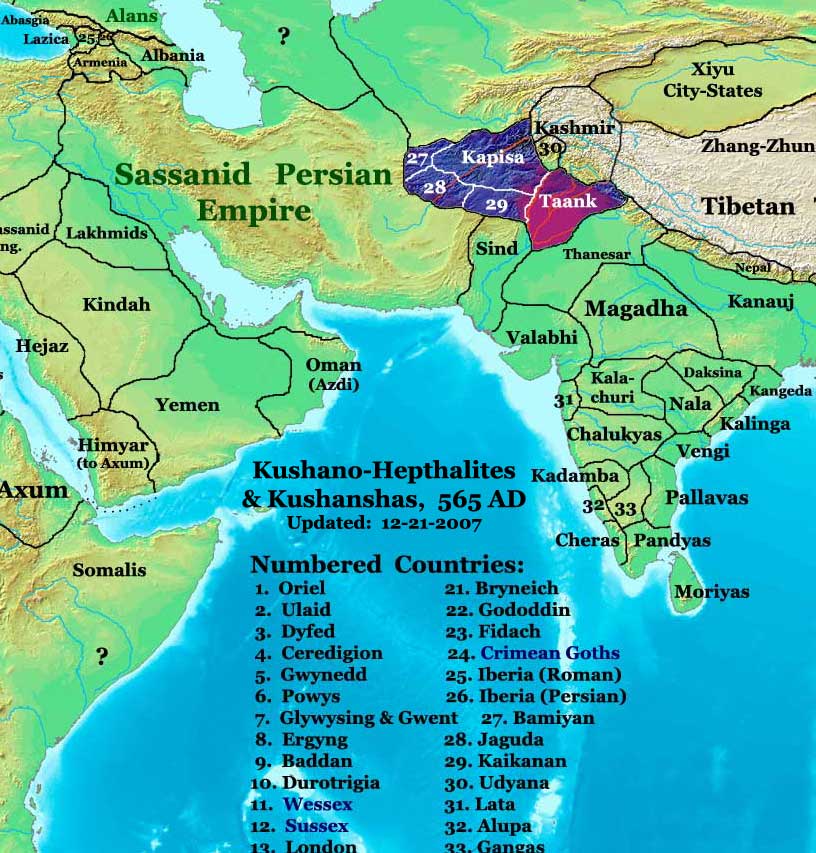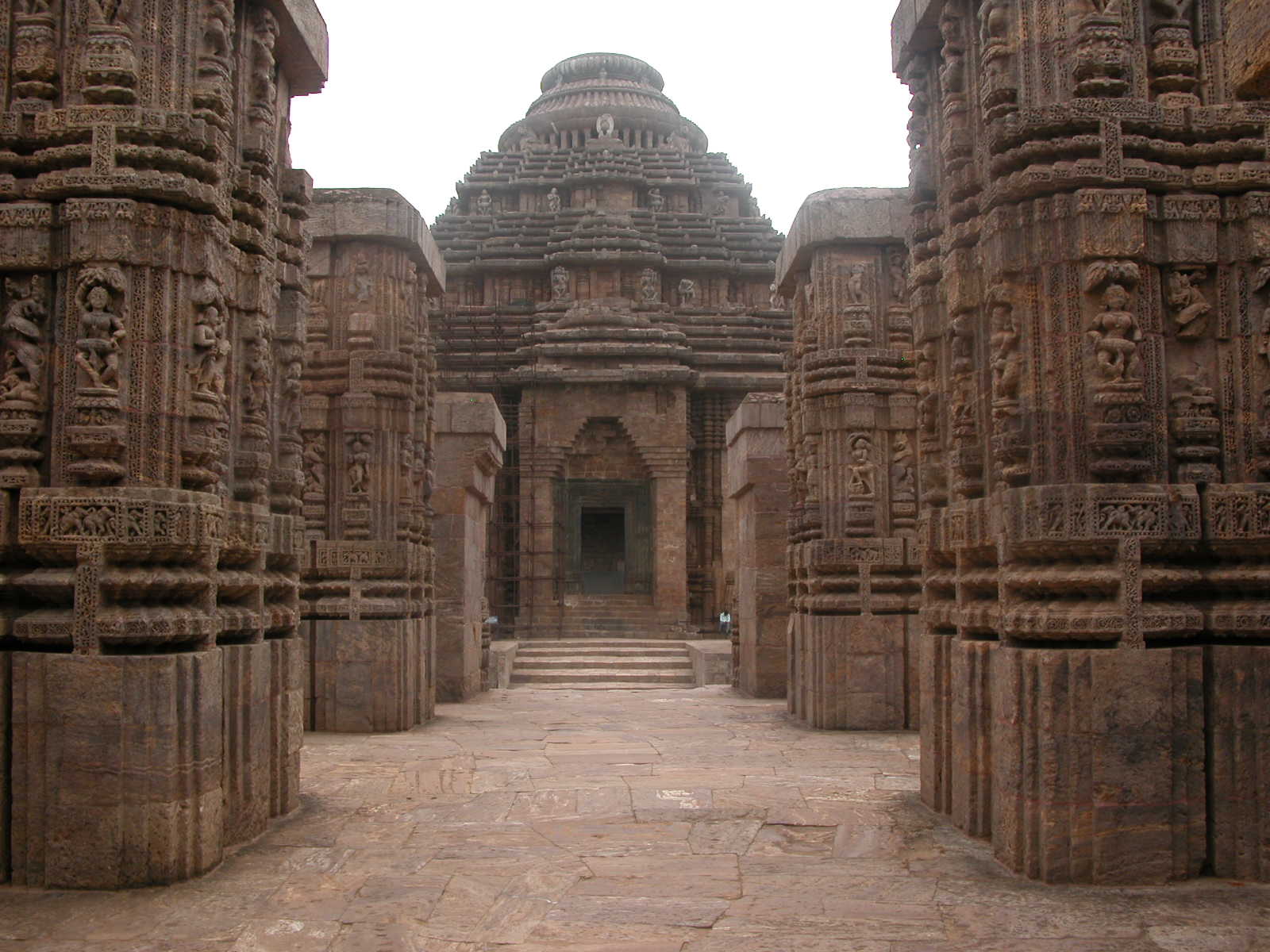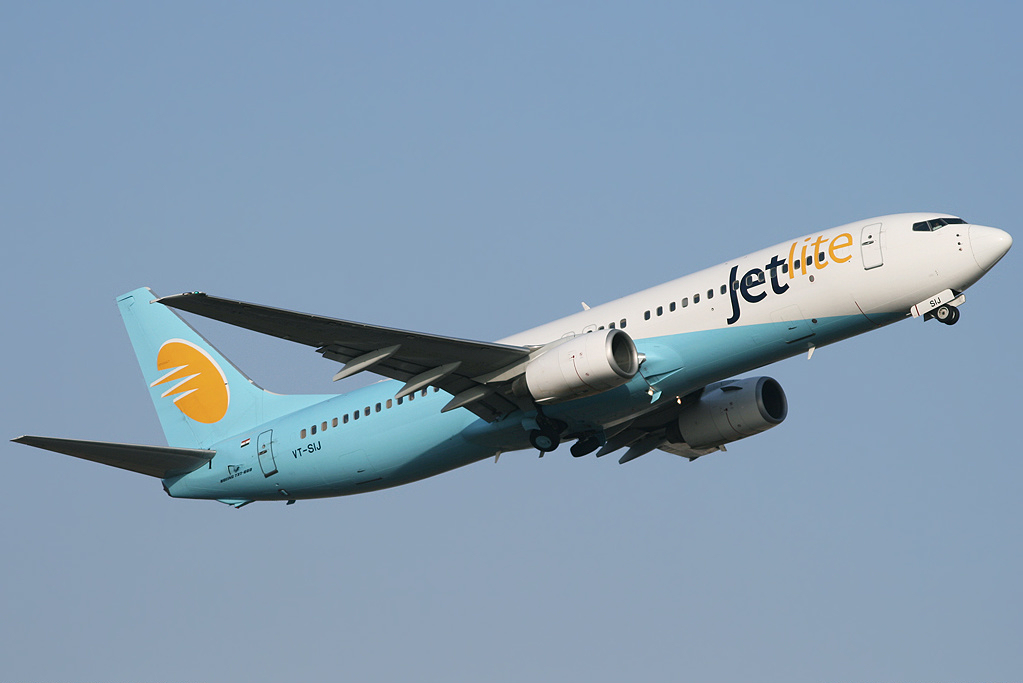|
Dhan Singh Thapa
Dhan Singh Thapa Param Vir Chakra, PVC (28 April 19286 September 2005) was an Indian Officer (armed forces), military officer and recipient of the Param Vir Chakra, India's highest military decoration. He was commissioned into the 1st Battalion, 8 Gorkha Rifles in 1949. The Sino-Indian War began in October 1962; on 21October, the Chinese advanced to north of Pangong Lake with the objective of capturing Sirijap and Yula. Srijap 1 was a post established on the northern bank of Pangong Lake by the 1st Battalion of 8th Gorkha Rifles and was commanded by Major Dhan Singh Thapa. Soon the post was surrounded by well armed Chinese forces. Major Thapa and his men held the post and repelled three attacks before eventually being overrun. The survivors, including Thapa, were taken as prisoners of war. For his gallant actions and his efforts to motivate his men under fire he was awarded the Param Vir Chakra. Thapa was released from captivity after the war ended. Following retirement from th ... [...More Info...] [...Related Items...] OR: [Wikipedia] [Google] [Baidu] |
Pangong Lake
Pangong Tso or Pangong Lake (; zh, s=班公错, p=Bān gōng cuò; ) is an endorheic lake spanning eastern Ladakh and West Tibet situated at an elevation of . It is long and divided into five sublakes, called ''Pangong Tso'', ''Tso Nyak'', ''Rum Tso'' (twin lakes) and ''Nyak Tso''. Approximately 50% of the length of the overall lake lies within Tibet administered by China, 40% in Indian-administered Ladakh, and the remaining 10% is disputed and is a de facto buffer zone between India and China. The lake is wide at its broadest point. All together it covers almost 700 km2. During winter the lake freezes completely, despite being saline water. It has a land-locked basin separated from the Indus River basin by a small elevated ridge, but is believed to have been part of the Indus basin in prehistoric times. Names Historically, the lake is viewed as being made up five sublakes, which are connected through narrow water channels. The name ''Pangong Tso'' only applied to th ... [...More Info...] [...Related Items...] OR: [Wikipedia] [Google] [Baidu] |
Pangong Tso 2 , mountain range in Ladakh, India
{{geodis ...
Pangong may refer to: *Pangong Lake, endorheic lake in India and China *Pangong range __NOTOC__ The Pangong Range, approximately 100 km long mountain range along the southern shore of the Pangong Lake in the northern Indian region of Ladakh, runs north of and parallel to the Ladakh Range from Tangtse in northwest to Chushul in s ... [...More Info...] [...Related Items...] OR: [Wikipedia] [Google] [Baidu] |
Ladakh
Ladakh () is a region administered by India as a union territory and constitutes an eastern portion of the larger Kashmir region that has been the subject of a Kashmir#Kashmir dispute, dispute between India and Pakistan since 1947 and India and China since 1959.The application of the term "administered" to the various regions of Kashmir and a mention of the Kashmir dispute is supported by the WP:TERTIARY, tertiary sources (a) through (e), reflecting WP:DUE, due weight in the coverage. Although "controlled" and "held" are also applied neutrally to the names of the disputants or to the regions administered by them, as evidenced in sources (h) through (i) below, "held" is also considered politicised usage, as is the term "occupied", (see (j) below). (a) (subscription required) Quote: "Kashmir, region of the northwestern Indian subcontinent ... has been the subject of dispute between India and Pakistan since the partition of the Indian subcontinent in 1947. The northern and wester ... [...More Info...] [...Related Items...] OR: [Wikipedia] [Google] [Baidu] |
Pangong Range
__NOTOC__ The Pangong Range, approximately 100 km long mountain range along the southern shore of the Pangong Lake in the northern Indian region of Ladakh, runs north of and parallel to the Ladakh Range from Tangtse in northwest to Chushul in southeast. Its highest peak is 6,700 m (22,000 ft), and the northern slopes are heavily glaciated. Changchenmo Range and Pangong Range are sometimes considered easternmost part of the Karakoram Range.Karakoram: Pangong Range Britannica, accessed 13 October 2023. At Chushul, where the Pangong Range ends, the Kailash Range runs eastward along the southern bank of Pangong Tso, from centre of Pangong Tso at Lukung [...More Info...] [...Related Items...] OR: [Wikipedia] [Google] [Baidu] |
Chip Chap River
The Chip Chap River (meaning: "quiet river") is a tributary of the Shyok River that flows from the disputed Aksai Chin region administered by China to Ladakh in India. It originates at the eastern edge of the Depsang Plains and flows west, skirting around the Depsang Plains in the north. It discharges into the Shyok River, forming one of the upstream tributaries of the Indus River. The old caravan route between Leh and Yarkand passed through the Depsang Plains crossing the Chip Chap River. Daulat Beg Oldi on the northern bank of the river ''en route'' to the Karakoram Pass used to be a regular halting place. Although the trading caravans came to an end in the 1950s, the route continues to be a popular trekking trail. Course The main stream of the Chip Chap River flows westwards along the northern edge of the Depsang Plains. The upper course of the river is in a relatively flat area with a drop of only 190 metres over 30 km. Several mountain streams from the south drain ... [...More Info...] [...Related Items...] OR: [Wikipedia] [Google] [Baidu] |
Galwan
The Galwan River flows from the disputed Aksai Chin area administered by China to the Union Territory of Ladakh, India. It originates near the caravan camping ground of Samzungling on the eastern side of the Karakoram range and flows west to join the Shyok River. The point of confluence is 102 km south of Daulat Beg Oldi. Shyok River itself is a tributary of the Indus River, making Galwan a part of the Indus River system. The narrow valley of the Galwan River as it flows through the Karakoram mountains has been a flashpoint between China and India in their border dispute. In 1962, a forward post set up by India in the upper reaches of the Galwan Valley caused an "apogee of tension" between the two countries. China attacked and eliminated the post in the 1962 war, reaching its 1960 claim line. In 2020, China attempted to advance further in the Galwan Valley,Ajai ShuklaA new and worrying chapter: Chinese intrusions in Ladakh gather pace, Business Standard, 23 May 2020: "That ... [...More Info...] [...Related Items...] OR: [Wikipedia] [Google] [Baidu] |
Eastern India
East India is a region consisting of the Indian states of Bihar, Jharkhand, Odisha and West Bengal and also the union territory of the Andaman and Nicobar Islands. The states of Bihar and West Bengal lie on the Indo-Gangetic plain. Jharkhand is situated on the Chota Nagpur Plateau. Odisha lies on the Eastern Ghats and the Deccan Plateau. West Bengal's capital Kolkata is the largest city of this region. The Kolkata Metropolitan Area is the country's third largest metropolitan region. The region is bounded by Bhutan, Nepal and the state of Sikkim in the north, the states of Uttar Pradesh and Chhattisgarh on the west, the state of Andhra Pradesh in the south and the country of Bangladesh in the east. It is also bounded by the Bay of Bengal in the south-east. It is connected to the Seven Sister States of Northeast India by the narrow Siliguri Corridor in the north east of West Bengal. East India has the fourth-largest gross domestic product of all Indian regions. The region ... [...More Info...] [...Related Items...] OR: [Wikipedia] [Google] [Baidu] |
Jawaharlal Nehru
Jawaharlal Nehru (14 November 1889 – 27 May 1964) was an Indian anti-colonial nationalist, secular humanist, social democrat, and statesman who was a central figure in India during the middle of the 20th century. Nehru was a principal leader of the Indian nationalist movement in the 1930s and 1940s. Upon India's independence in 1947, he served as the country's first prime minister for 16 years. Nehru promoted parliamentary democracy, secularism, and science and technology during the 1950s, powerfully influencing India's arc as a modern nation. In international affairs, he steered India clear of the two blocs of the Cold War. A well-regarded author, he wrote books such as '' Letters from a Father to His Daughter'' (1929), '' An Autobiography'' (1936) and '' The Discovery of India'' (1946), that have been read around the world. The son of Motilal Nehru, a prominent lawyer and Indian nationalist, Jawaharlal Nehru was educated in England—at Harrow School and T ... [...More Info...] [...Related Items...] OR: [Wikipedia] [Google] [Baidu] |
Prime Minister Of India
The prime minister of India (ISO 15919, ISO: ) is the head of government of the Republic of India. Executive authority is vested in the prime minister and his chosen Union Council of Ministers, Council of Ministers, despite the president of India being the nominal head of the executive. The prime minister has to be a member of one of the houses of bicameral Parliament of India, alongside heading the respective house. The prime minister and the cabinet are at all times responsible to the Lok Sabha. The prime minister is appointed by the president of India; however, the prime minister has to enjoy the confidence of the majority of Lok Sabha members, who are directly elected Elections in India#Parliamentary general elections (Lok Sabha), every five years, lest the prime minister shall resign. The prime minister can be a member of the Lok Sabha or the Rajya Sabha, the upper house of the parliament. The prime minister controls the selection and dismissal of members of the Union ... [...More Info...] [...Related Items...] OR: [Wikipedia] [Google] [Baidu] |
Sahara Airlines
JetLite was a low-cost subsidiary of Jet Airways. It was formerly known as ''Air Sahara'' until the buyout by Jet Airways which rebranded the airline as JetLite. On 17 April 2019, JetLite grounded all of its flights and ceased all operations, in tandem with its parent company, Jet Airways. History Foundation The airline was established on 20 September 1991 and began operations on 3 December 1993 with two Boeing 737–200 aircraft as Sahara India Airlines, as part of the major Sahara India Pariwar business conglomerate. Initially, services were primarily concentrated in the northern sectors of India, keeping Delhi as its base, and then operations were extended to cover all the country. Sahara India Airlines was rebranded as Air Sahara on 2 October 2000, although Sahara India Airlines remains the carrier's registered name. On 22 March 2004 it became an international carrier with the start of flights from Chennai to Colombo, later expanding to London, Singapore, Maldives and K ... [...More Info...] [...Related Items...] OR: [Wikipedia] [Google] [Baidu] |








